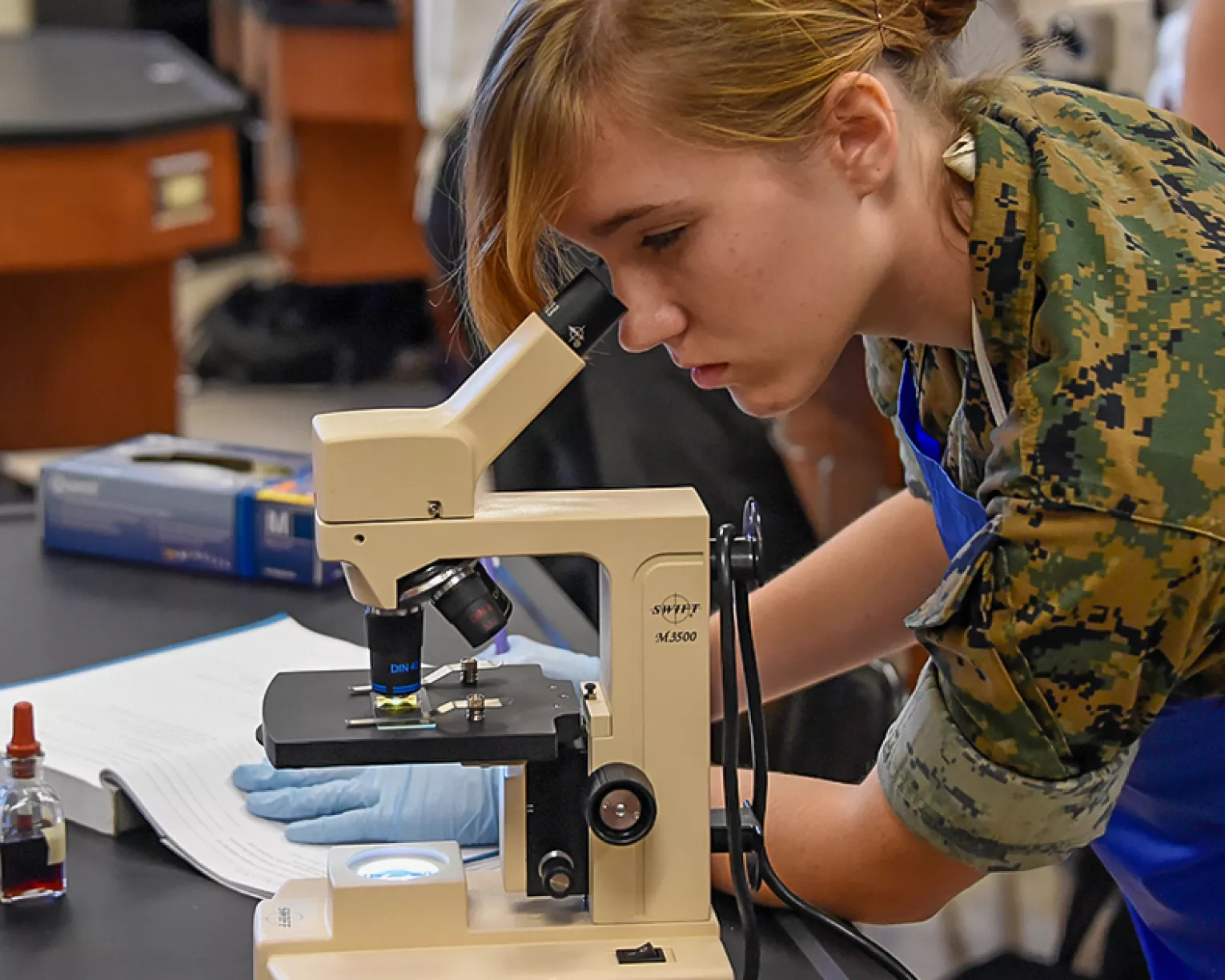Funding
$36.4M, awarded competitively
Eligibility
Native Hawaiian educational organizations and community-based organizations, public and private nonprofit organizations, agencies, and institutions with experience in developing or operating Native Hawaiian programs or programs of instruction in the Native Hawaiian language, and other entities.
Sample Use of Funds
Activities could include:
- The development of academic and vocational curricula to address the needs of Native Hawaiian children and adults, including curriculum materials in the Hawaiian language and mathematics and science curricula that incorporate Native Hawaiian tradition and culture;
- Activities to meet the special needs of Native Hawaiian students with disabilities, including the identification of such students and their needs; the provision of support services to the families of such students; and other activities consistent with the requirements of the Individuals with Disabilities Education Act;
- The operation of community-based learning centers that address the needs of Native Hawaiian students, parents, families, and communities through the coordination of public and private programs and services, including early childhood education programs; before, after, and summer school programs, expanded learning time, or weekend academies;
- Career and technical education programs; and programs that recognize and support the unique cultural and educational needs of Native Hawaiian children, and incorporate appropriately qualified Native Hawaiian elders and seniors;
- Operation of family-based education centers that provide such services as programs for Native Hawaiian parents and their infants from the prenatal period of the infants through age 3; preschool programs for Native Hawaiians; and research on, and development and assessment of, family-based, early childhood, and preschool programs for Native Hawaiians.
This grant has an extensive list of uses of funds. View the complete ESSA Federal Funding Guide below for the full list.
Key Provision: Priority Applications
The Secretary must give priority to entities proposing projects that are designed to address beginning reading and literacy among students in kindergarten through third grade; the needs of at-risk children and youth; needs in fields or disciplines in which Native Hawaiians are underemployed; and the use of the Hawaiian language in instruction.
For more information, contact Tom Zembar at 202.822.7109 or [email protected]
Next Steps

You have a right to know if your state or district applied for the funds and influence how they are spent. Most grants have already been disbursed to your state and district, but others may require an application.
Once you find a grant, make sure it’s appropriate for your intended use. Then, contact your local NEA Affiliate to organize an effort to hold your district and state accountable for how the money is used.
Suggested Further Reading
Learn More
Are you an affiliate?





